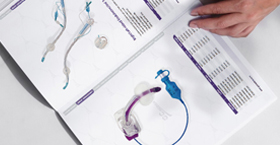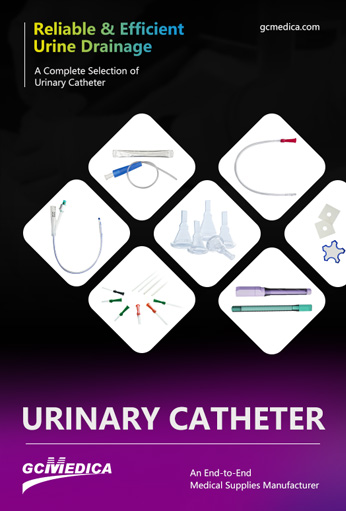Intermittent catheterization is a cornerstone of bladder management for individuals who are unable to void naturally due to neurogenic bladder, spinal cord injury, multiple sclerosis, or other conditions affecting bladder function. Choosing the correct catheter size is critical for safety, comfort, and efficacy. Catheters are classified by their French (Fr) scale diameter—a measurement system originally devised in the 19th century that equates 1 Fr to one-third of a millimeter (0.33 mm). Thus, a 12 Fr catheter has an external diameter of approximately 4 mm. Selecting an appropriate size minimizes urethral trauma, reduces infection risk, and helps ensure complete bladder emptying.
Several factors influence catheter size selection:
Urethral caliber
Patients with strictures or smaller urethral diameters may require lower-Fr catheters (e.g., 6–10 Fr). Conversely, a dilated urethra can accommodate larger French sizes (e.g., 14–18 Fr).Viscosity of urine
Thick or particulate-laden urine (e.g., hematuria or sediment) may necessitate larger lumens (higher French) to prevent clogging.Bladder capacity and residual volume
Larger-capacity catheters (e.g., 16–18 Fr) can facilitate faster drainage in patients with high residual volumes.Patient comfort
Smaller catheters tend to be more comfortable, especially for females or pediatric patients; however, too small a size can prolong catheterization time.Clinical context
In acute care, larger sizes may be used for irrigation (e.g., 18–22 Fr), whereas chronic self-catheterization typically employs smaller sizes (8–12 Fr).
Below is a concise reference table mapping common intermittent catheter sizes to their external diameters, recommended patient populations, and typical clinical indications:
| French Size (Fr) | External Diameter (mm) | Typical Patient Group | Common Indications |
|---|---|---|---|
| 6 Fr | 2.0 mm | Pediatric; narrow urethra | Neonates, very young children, urethral stricture work-up |
| 8 Fr | 2.7 mm | Pediatric; sensitive patients | Young children; early training for self-catheterization |
| 10 Fr | 3.3 mm | Small adults; women | Adult women with small-caliber urethra; mild hematuria |
| 12 Fr | 4.0 mm | Average adult | Standard self-catheterization; routine chronic use |
| 14 Fr | 4.7 mm | Adults; mild obstruction | Moderate hematuria; patients with mild debris or sediment |
| 16 Fr | 5.3 mm | Adults with larger urethra | Faster drainage needs; moderate-to-high residual volumes |
| 18 Fr | 6.0 mm | Adult males; irrigation prep | Bladder irrigation; acute care settings |
| 20–22 Fr | 6.7–7.3 mm | Surgical; irrigation | Continuous bladder irrigation; clot evacuation |
Table: Intermittent catheter sizes, diameters, and indications.
When planning intermittent catheterization, clinicians should always:
Assess urethral anatomy via patient history and, if needed, gentle trial catheterization.
Start conservatively, beginning with a smaller Fr size to ensure comfort and then upsize if flow is inadequate.
Educate patients on proper lubrication, sterile technique, and catheter care to minimize urinary tract infections.
Monitor urine flow rate and residuals, adjusting catheter size as necessary to achieve efficient drainage without discomfort.
Selecting the right intermittent catheter size is a balance between adequate lumen diameter for efficient urine drainage and minimizing urethral trauma or patient discomfort. A structured approach—considering patient age, urethral caliber, urine characteristics, and clinical setting—ensures optimal outcomes. Regular reassessment and patient education underpin effective long‑term management, reducing complications and enhancing quality of life.
| Urinary Catheter > |


 Français
Français Español
Español Products
Products

 About Us
About Us












